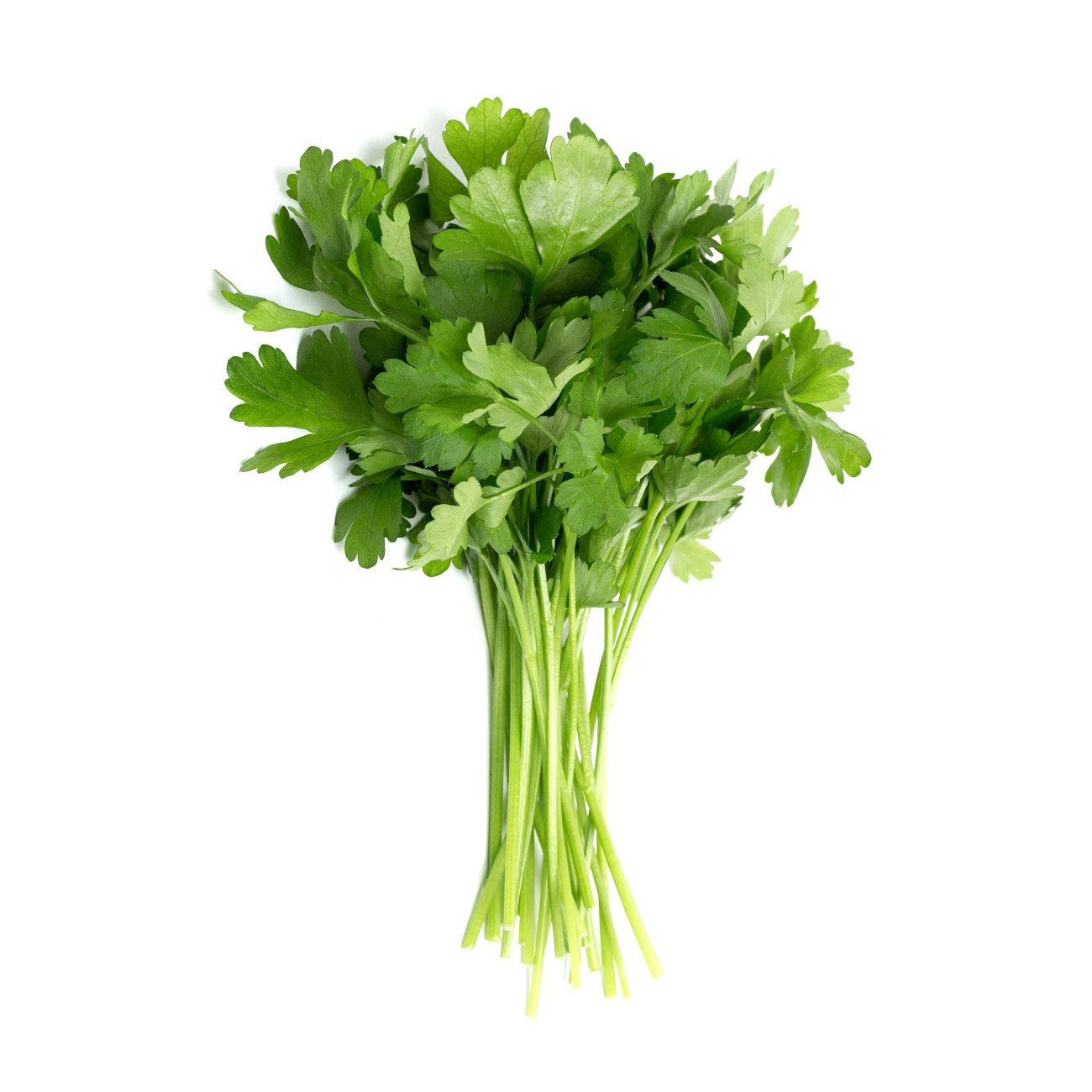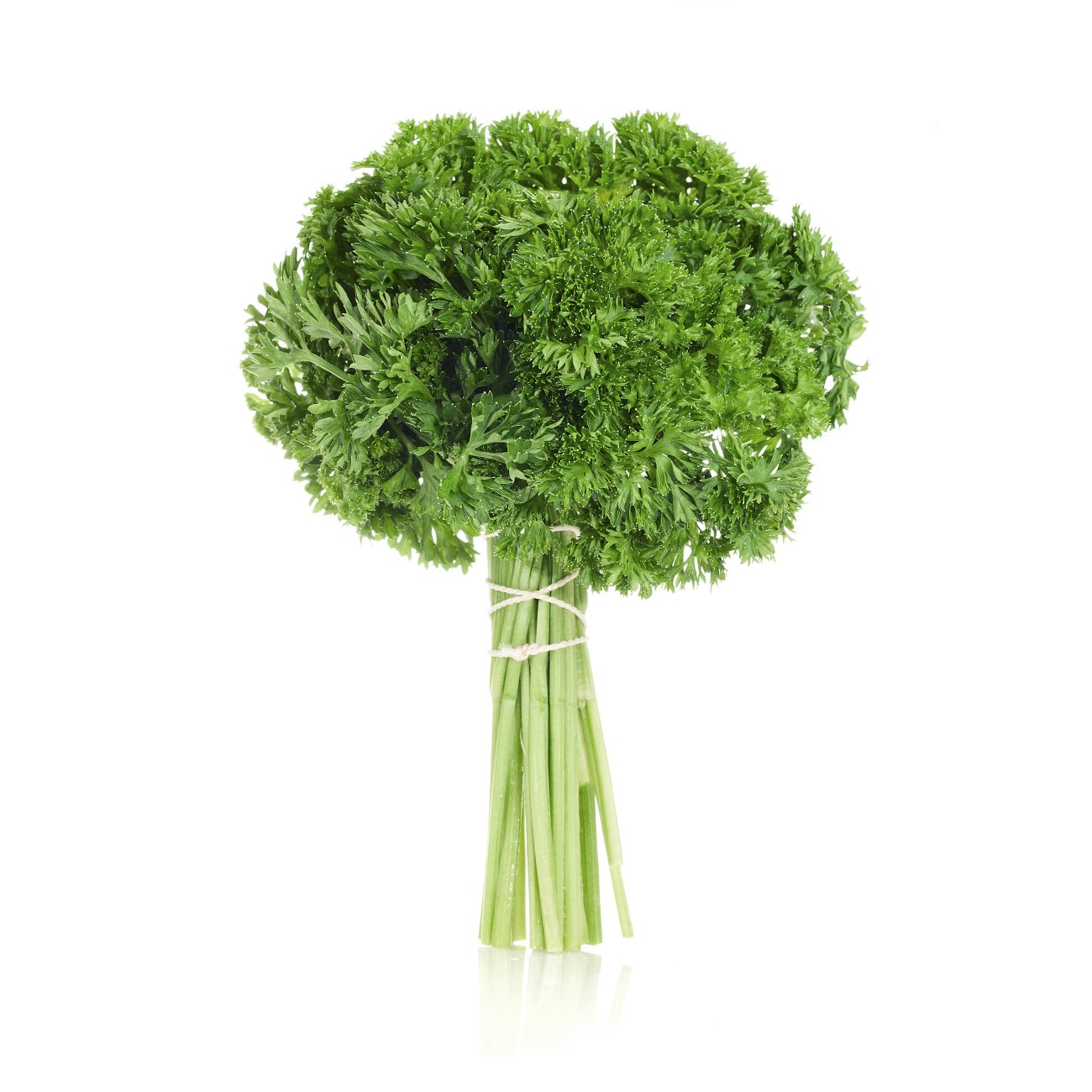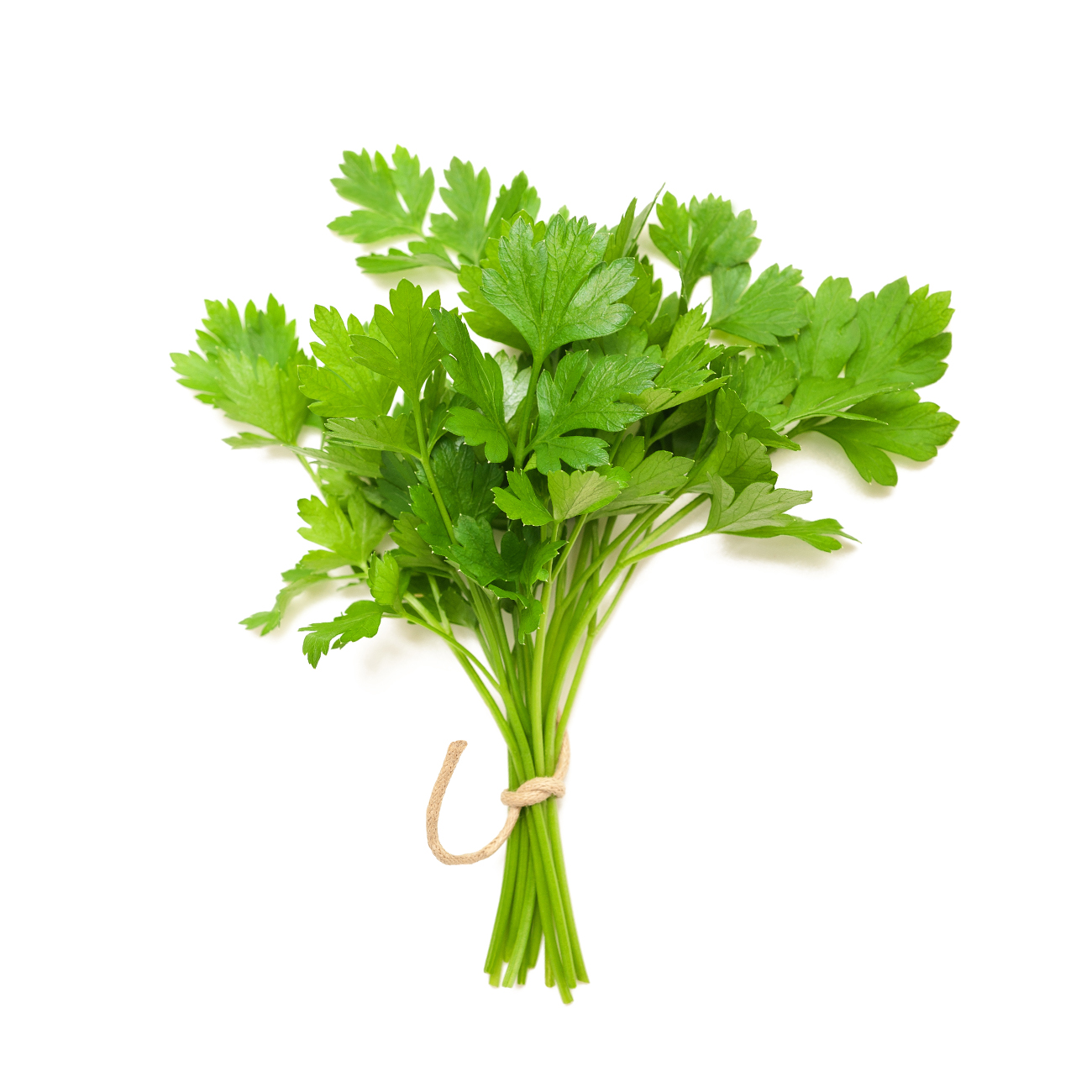Basil is a herb with a sweet, strong, spicy flavour and is considered the 'king of herbs' by many cooks. The most common variety is sweet basil, which has large, green, oval-shaped leaves, with a distinct sweet smell and taste. Other varieties can be dark purple; leaf size can also vary. As well as being visually different, some varieties have different smells and taste, such as lemon basil or Thai basil.
-
Harvesting
Quality is identified by freshness, uniformity of size, colour and form, and aroma. Often essential oils and aroma decrease during storage.Postharvest storage temperature
Store basil above 10°C to prevent leaves browning. Shelf-life is around 1–2 weeks but water loss can impact quality.Controlled atmosphere storage
Increased shelf-life can be obtained with low O2 (1–5%) and high CO2 (5–15%) atmospheres at 5-10°C. Low O2 atmospheres reduce respiration rates and the detrimental effects of ethylene.Ethylene sensitivity
The main symptoms of ethylene exposure are yellowing, epinasty and leaf abscission. Basil is only minimally affected by ethylene.Humidity storage
Store at >95% relative humidity.Disease & infection
Basil can be attacked by infections such as bacterial soft rot and grey mould rot. Water spraying can be a cause of bacterial growth. Trimming old leaves and low temperatures reduces the severity. -
Pick from stem before use. Keep in a jar of water on bench top, like flowers.

You might also like
Veggy tip
Add basil near the end of cooking process to retain maximum flavour.



